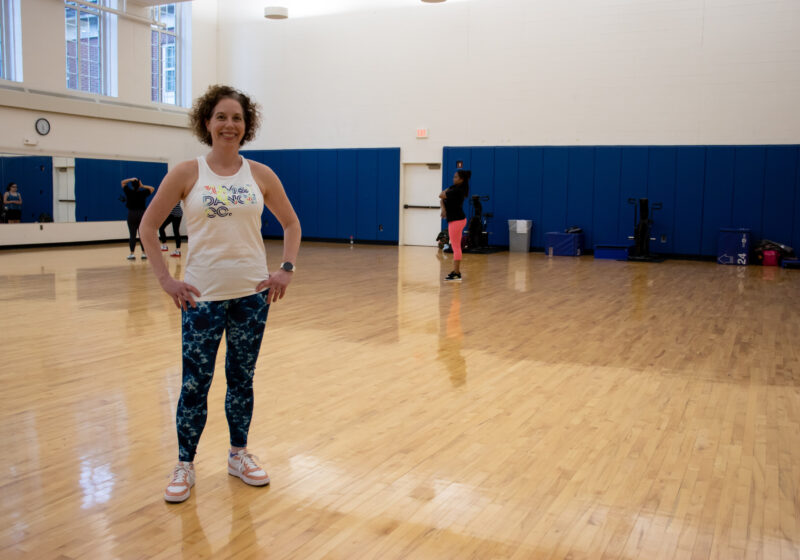Winter brings snow and cold to Rochester and for many it brings depression and sadness.
Seasonal Affective Disorder, or SAD, is caused by a biochemical imbalance in the hypothalamus due to the shortening of daylight hours and the lack of sunlight in the winter.
Allan Schwartz of the University Counseling Center said that there are two levels of SAD — full-blown SAD, where the effects can be completely debilitating, or a milder form which is referred to as the “winter blues,” or subsyndromal SAD.
About 25 percent of the population suffers from the “winter blues” and five percent suffers from a more severe form of the disorder.
“We see a substantial downturn in mood over the winter months in people affected by [SAD],” Schwartz said.
Although it varies in severity, SAD patients manifest many of the same symptoms as those who suffer from other types of depression, including negative feelings about the past, present and future, excessive sleep, increased appetite, mood swings and irritability and impaired memory and concentration.
Depressive episodes often impair the patient’s ability to work or function fully in family or social settings. Also, like more generalized depression, women are more likely to suffer from SAD than men.
Schwartz said women tend to be three to four times more vulnerable to the disorder.
The most susceptible population of students in general are ones coming from the southern latitudes.The disease also disproportionately affects students coming from southern areas of the country.
Schwartz said that the condition can begin as early as October and last as long as March or April.
The key to combatting SAD is sunlight, something Rochester doesn’t see a lot of in the winter months, Schwartz said.
“We’re not somewhere like Montana that sees a lot of snow and cold but also a lot of natural sunlight,” Schwartz said. “You just don’t get a lot of straight forward sunlight in Rochester during the winter months.”Treatment options
He said one of the best things a student can do who is feeling a little down is to get out and exercise — either outside or inside — because exercise causes the body to create endorphins.
One problem Schwartz said is that students, when things get hectic and they get busy, usually drop exercise from their schedule first.
“That’s just the wrong thing to do,” he said.
Also, experts suggest trying to get as much sunlight as possible. One study found that an hour’s walk in the sunlight was as effective as two and a half hours under artificial light.
For those who are severely affected by the disorder, Scwartz said the light therapy can be very effective and a very inexpensive alternative.
“Light therapy will do the trick for a small percentage of folks who have a strong case of SAD,” Schwartz said.
Schwartz encouraged people to pay attention to their moods to see if their mood always worsens when the winter sets in.
“Having an understanding of who you are and what your experience are can be time saving and helpful,” he said. “You can do something about things sooner.”
If you want to schedule an appointment with the University Counseling Center, they can be reached at x5-3113.
Additional reporting by Kara DeSantis. Hildebrandt can be reached at thildebrandt@campustimes.org.
